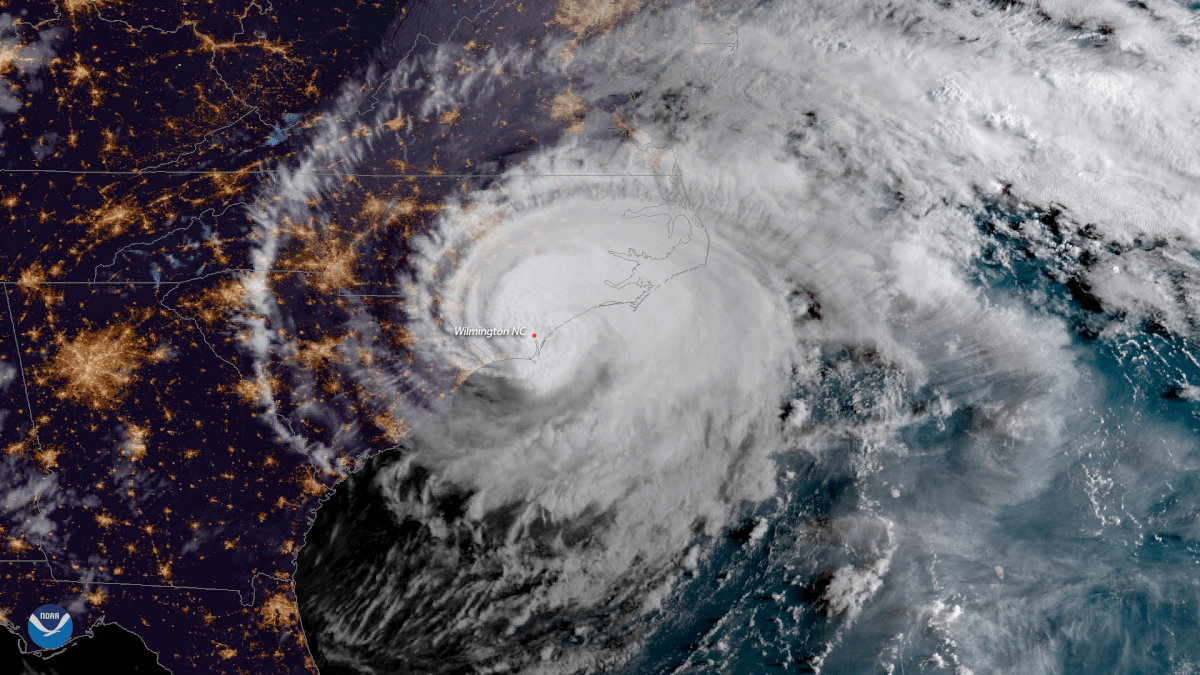North Carolina residents were urged to “stay alert” for flood warnings and evacuation orders as floodwaters are expected a week after Hurricane Florence battered the state.
North Carolina Governor Roy Cooper said nine of the state’s river gauges are approaching major flood stage while four others are at moderate levels.
Parts of Interstates 95 and 40 are expected to be flooded for at least another week. Emergency management officials also said affected residents whose homes were damaged or destroyed will begin moving into temporary shelters next week.
North Carolina Emergency Management Director Michael Sprayberry said during the weekend that eastern counties are still experiencing major flooding. These areas include parts of Black, Lumber, Neuse and Cape Fear rivers.
Sprayberry said residents who register with the Federal Emergency Management Agency can start moving into hotels next week for their temporary shelter. The program will start with selected counties before being expanded. According to a FEMA coordinator, around 69,000 North Carolina residents have already registered in the assistance program.
As of writing, North Carolina officials are examining a damaged power station in Sutton, whose coal ash may have contaminated the Neuse River.
In neighboring South Carolina, officials issued more evacuation orders as rivers continue to swell in the aftermath of a storm that has caused at least 43 deaths.
The farming community of Nichols was inundated by the storm, Mayor Lawson Batter said. He described the situation as “worse than Matthew,” the 2016 hurricane that almost destroyed the majority of the town’s structures. According to Battle, the flood caused by Florence has wrecked around 150 of the homes rebuilt in the wake of Matthew.

In Wilmington, ground zero of Hurricane Florence’s landfall, officials said they had already identified safe routes into the area but warned people to avoid travelling into flood-risk zones.
According to an economic research firm, Hurricane Florence has caused around $44 billon in damage and lost output, putting it alongside some of the costliest hurricanes in the country like Katrina (2005) and Harvey (2017).
“It’s just a mess,” said Mayor Battle. “We will try everything we can to come back… but we need to have federal and state help.”
If you or someone you know is in an area that’s at risk of flooding, be on the lookout for danger underneath the murky waters.


